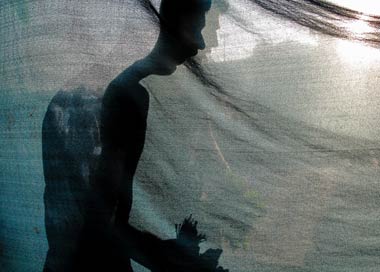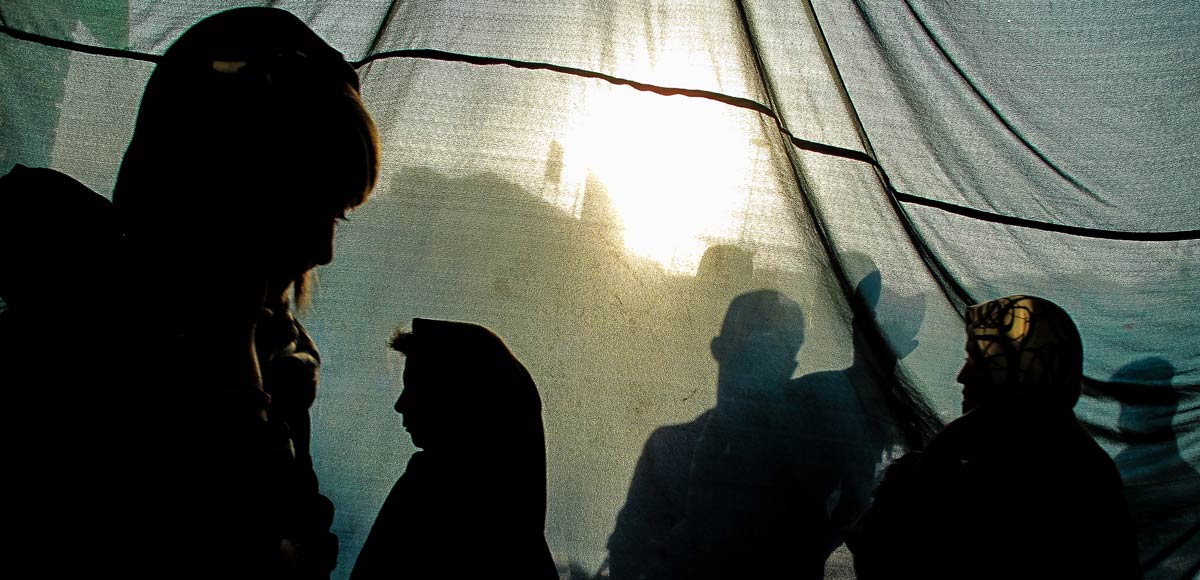The young man shows a short dark movie of a Muslim man beating up a woman.
He also shows moments of frustrated refugees pushing their way into Europe.
Why would you want to invite them in your home? He asks.
With truth wrapped in Youtube minutes he walks away with his indignation. He votes within this short version of truth.
How can we show him or her that truth runs deeper then those edited, out of context images?
These pseudo truths run across shallow networks only to be picked by lost young hearts and less educated ones. These images reverberate in their anxiety only to unleash illusions of strength. Empowered they point a finger ” Me against you!”
It may take you and me several books to get closer to “the truth”. We may even admit the need of freeing our minds of prejudice to more clearly see the facts, as they are, emerging in truth.
It is of no use to tell these youngsters to go read the books. They won’t!
This young generation is a conduit for overflowing information at fast speed. Reading takes time and energy… They judge (but do they reflect?) through images and quick-free-running words (is it music?). They are using a new language to adjust to a world of constant, persistent, intense sensorial stimulation and change.
Is it hopeless? Don’t they want to learn? Can we not get young people interested in “good” information?
Ahmed Al Sheikh, previous editor of Aljazeera asks ” who says our youth would not watch detailed and serious production, if they were well made, visually appealing and quick? Such production is not difficult to make.”



But then I ask, what is truth? Or is truth of any use?
How do we link “good” information and truth?
Even before there was spoken language, humanity shared information about the world outside and the world inside each one of us. This sharing gave us survival advantage, integrating our needs with the environment. “Bad or wrong” information must have had at the time, as it has now, a different intention: to mislead, to control or to serve the needs of power, revenge or fear.
Or else why would we share wrong information?
We build our narratives on available facts. And I agree that good information needs to be packaged to reach the young generation. It needs to present divergent beliefs and refrain from using overwhelming imagery that manipulates our perception. With time people can see by themselves the difference in purpose of information: either pushing the individual and our global world toward integration or to states of chaos and rigidity.
We live in a complex dynamic world where peace can emerge if we invest in the need to compassionately link and respect different cultural narratives. Those narratives were initially intended to help make sense of life. As we evolved in larger and larger social groups the old days “in-group/out-group paradigm” needs to be consciously and intentionally replaced by an all-inclusive sense of Humanity within our differences.
Journalism that is currently worried about the “post-truth era” can use new powerful technology to reach a wide range of people and make “good information” accessible for truth to emerge as a meaning and purpose for a peaceful global world.
Fotografias de Minnie Freudenthal e Manuel Rosário










